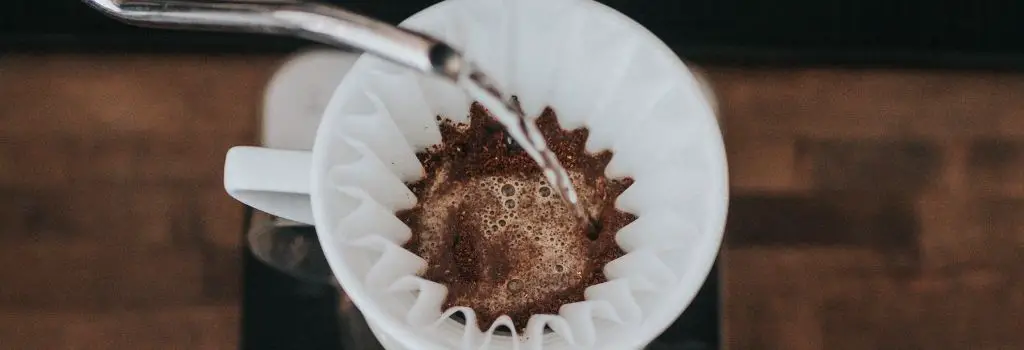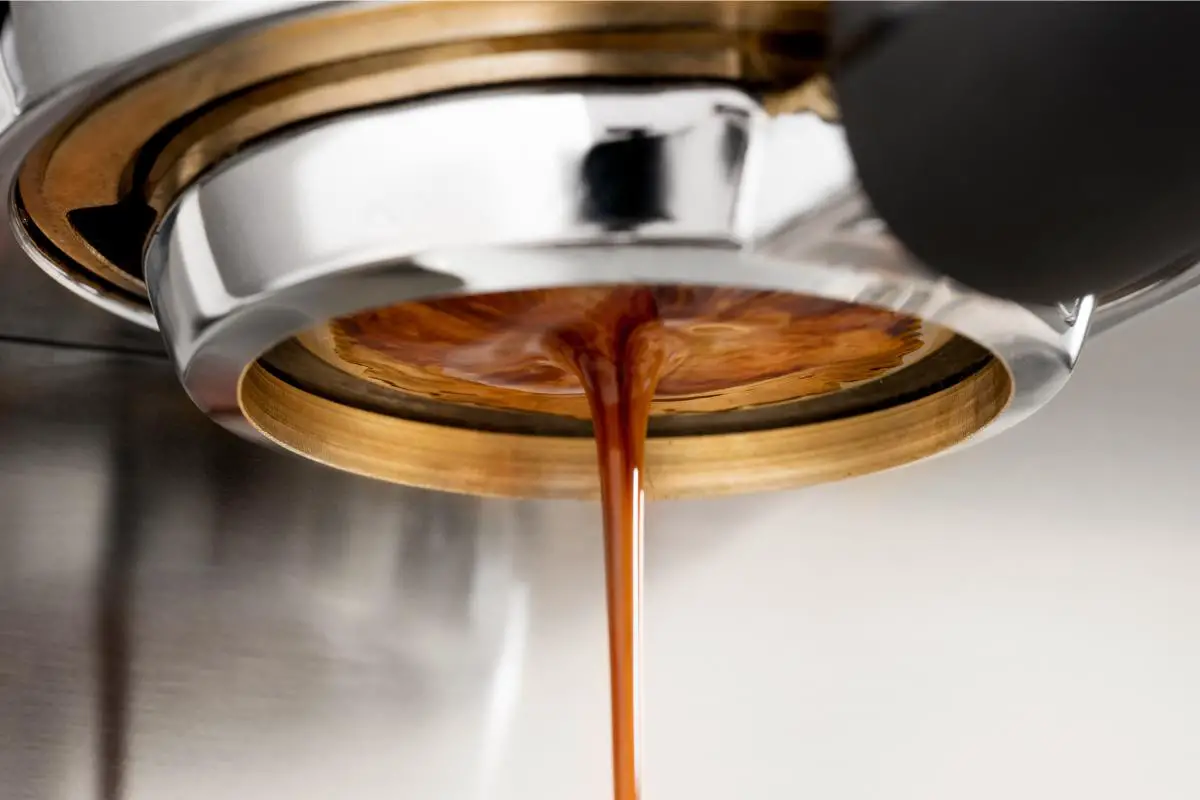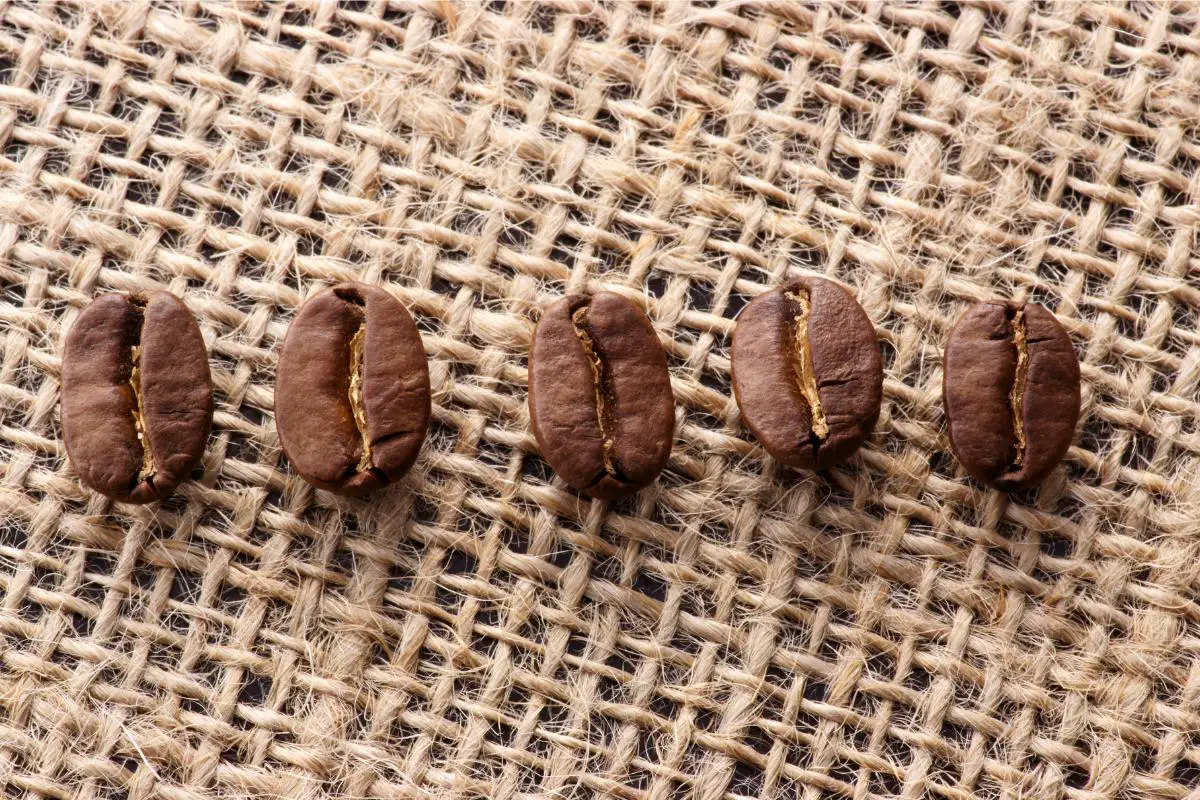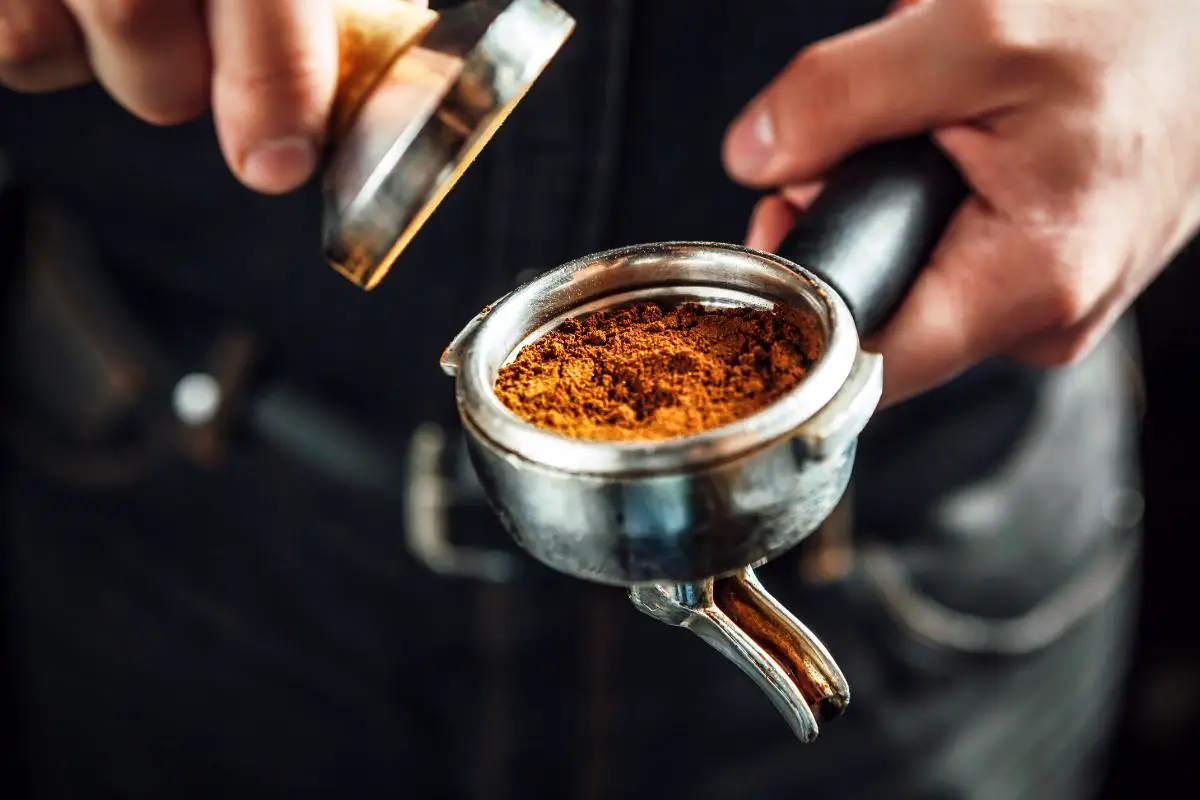Coffee extraction is a complex process that requires precision and skill to produce the perfect cup of coffee.
At its most basic, extraction involves fully submerging coffee grounds in hot water to release the coffee’s soluble compounds into the water, which is then filtered and served.
However, the process of coffee extraction is much more nuanced and requires a thorough understanding of the factors that influence the flavour and quality of the final brew.
In this comprehensive guide, we will explore the science behind coffee extraction, examine the key variables that affect extraction and provide practical tips for achieving the perfect extraction every time.
Table of Contents
The Science Of Coffee Extraction
The science of coffee extraction involves the extraction of the flavour compounds and solubles from the coffee grounds into the water, resulting in the creation of coffee.
At its most basic, coffee extraction involves exposing the coffee grounds to hot water, which causes the coffee’s soluble compounds to dissolve into the water.
However, understanding the science of coffee extraction is crucial in order to produce a consistent and high-quality cup of coffee.
The extraction of coffee is influenced by several variables including the size and uniformity of the grind, the temperature of the water, the contact time between the water and the coffee grounds, and the pressure used during the extraction process.
When the water is poured over the coffee grounds, it begins to dissolve the solubles, including the coffee’s natural sugars, acids, and oils, which contribute to the flavour, aroma, and body of the coffee.
The solubles are extracted from the coffee grounds and are carried into the water by the process of diffusion.

As the extraction progresses, the solubles that are extracted first are the lighter, more soluble compounds, while the later extracted solubles are the heavier, less soluble compounds.
This is why it is important to have a consistent grind size, as larger grinds will extract more slowly, leading to an over-extracted, bitter cup of coffee, while finer grinds will extract too quickly, leading to an under-extracted, weak cup of coffee.
In order to produce a consistent and high-quality cup of coffee, it is important to understand and control the variables that affect coffee extraction.
By controlling these variables, you can ensure that the perfect balance of flavour compounds and solubles are extracted from the coffee grounds into the water, resulting in a delicious and satisfying cup of coffee every time.
Understanding Over-Extraction and Under-Extraction in Coffee
In the world of coffee, extraction is a delicate balance between flavour, strength, and body.
Too much extraction, known as over-extraction, can result in a bitter, harsh, and sour taste, while too little extraction, known as under-extraction, can result in a weak, watery, and bland taste.
Understanding over-extraction and under-extraction is key to achieving the perfect cup of coffee every time.
Over-Extraction
Over-extraction occurs when too much flavour and body are extracted from the coffee beans.
This can happen when the brewing time is too long, the grind size is too fine, or the water temperature is too high.
Over-extraction can result in a bitter, harsh, and sour taste, as well as a thin body and reduced aroma.
Under-Extraction
Under-extraction occurs when too little flavour and body are extracted from the coffee beans.
This can happen when the brewing time is too short, the grind size is too coarse, or the water temperature is too low.
Under-extraction can result in a weak, watery, and bland taste, as well as a lack of aroma and body.
How To Balance Flavor, Strength, and Body in Coffee?
The key to achieving the perfect cup of coffee is to find the right balance between flavour, strength, and body.
This can be achieved through careful control of the brewing time, grind size, and water temperature.
It’s also important to use high-quality coffee beans and precise measurements to ensure the perfect extraction every time.
By understanding these concepts and finding the right balance between flavour, strength, and body, you can achieve a delicious and perfectly balanced cup of coffee every time.
With a little practice and some patience, you’ll be well on your way to enjoying the perfect cup of coffee every day.
Key Variables that Affect Coffee Extraction
There are several factors that influence the extraction of coffee, so let’s take a closer look at each of these factors:
Grind Size
The size of the coffee grounds is one of the most important factors that affect the extraction process.
If the grind size is too fine, the extraction will be too fast, leading to a bitter taste.
If the grind size is too coarse, the extraction will be too slow, resulting in a weak, flavourless cup of coffee.
Water Temperature
The temperature of the water also plays a crucial role in coffee extraction.
If the water temperature is too low, the extraction will be slow, resulting in a weak and flavourless cup of coffee.
If the water temperature is too high, the extraction will be too fast, leading to a bitter taste. The ideal water temperature for coffee extraction is between 195°F and 205°F.
Brewing Time
The longer the brewing time, the more coffee compounds will be extracted into the water, which will result in a stronger, more full-bodied brew.
On the other hand, if the brewing time is too short, the coffee will be under-extracted and will have a weak, watery flavour.
The ideal brewing time for coffee extraction is between 4 and 6 minutes.
Pressure
The pressure applied during the brewing process also has an impact on the extraction process.
With traditional brewing methods, such as a French press or Chemex, the pressure is generated by the weight of the water on the grounds.
With espresso, however, the pressure is generated by a pump, which allows the extraction process to occur much more quickly.
Water to Coffee Ratio
If the water-to-coffee ratio is too high, the extraction will be slow, resulting in a weak and flavourless cup of coffee.
If the water-to-coffee ratio is too low, the extraction will be too fast, leading to a bitter taste.
The ideal water-to-coffee ratio is between 1:15 and 1:18, where 1 part coffee to 15 to 18 parts water.

What Are The Different Methods of Coffee Extraction?
There are several methods of coffee extraction, each with its own unique advantages and disadvantages.
Some of the most common methods of coffee extraction include drip brewing, espresso brewing, French press brewing, and pour-over brewing.
Let’s take a closer look at each of these methods:
Drip Brewing
Drip brewing, also known as filter brewing, is the most common method of coffee extraction.
It involves brewing coffee by pouring hot water over ground coffee beans, which are contained in a paper or metal filter.
The hot water dissolves the soluble compounds in the coffee beans and drips through the filter into a carafe or mug.
Drip brewing is simple and convenient, making it a popular choice for home and office use.
Espresso Brewing
This type of coffee extraction involves forcing pressurized hot water through a compact puck of finely ground coffee.
Espresso brewing produces a strong and concentrated cup of coffee, with a creamy foam known as crema on top.
This method is a popular choice for coffee shops and cafes and is often used as the base for many specialty coffee drinks.
French Press Brewing
French press brewing, also known as press pot brewing, involves brewing coffee by steeping ground coffee in hot water and then separating the coffee grounds from the liquid using a metal or nylon mesh filter.
This method produces a rich and full-bodied cup of coffee, with a bold and robust flavour, and is a popular choice for coffee lovers who prefer a strong and flavorful cup of coffee.
Pour-Over Brewing
Pour-over brewing is a method of coffee extraction that involves pouring hot water over ground coffee beans contained in a paper or metal filter.
The hot water dissolves the soluble compounds in the coffee beans and drips through the filter into a carafe or mug.
Pour-over brewing is a simple and convenient method of coffee extraction, similar to drip brewing, but with a more hands-on approach.
How To Choose the Right Method for Your Perfect Cup of Coffee?
The right method of coffee extraction for you depends on your personal taste preferences and lifestyle.
If you prefer a strong and flavorful cup of coffee, French press brewing or espresso brewing may be the best choice for you.
If you prefer a simple and convenient method, drip brewing or pour-over brewing may be the best choice.
Regardless of the method you choose, it’s important to use high-quality coffee beans and precise measurements to ensure the perfect extraction every time.
Again, with a little practice and some patience, you’ll be well on your way to enjoying the perfect cup of coffee every day.
Tips for Achieving the Perfect Coffee Extraction Process
Now that we have a better understanding of the science behind coffee extraction and the key variables that affect extraction, here are some practical tips for achieving the perfect extraction every time:
- Use freshly roasted coffee beans: Fresh coffee beans contain more volatile compounds that contribute to the flavour and aroma of the coffee.
- Grind your coffee just before brewing: Grinding your coffee just before brewing ensures that the coffee’s volatile compounds are not lost over time.
- Use the right water temperature: As mentioned earlier, the ideal brewing temperature for coffee is between 92-96°C. Ensure that your water is at the right temperature before brewing.
- Measure your coffee and water: Consistently measuring the amount of coffee and water you use will help you to achieve the same results every time.
- Experiment with brewing time: Start with a standard brewing time and then adjust as needed to find the perfect brewing time for your taste preferences.
- Consider using a scale: Using a scale to measure your coffee and water will provide a more accurate measurement than using volume measurements.
- Experiment with different brewing methods: Different brewing methods, such as a French press, Chemex, or espresso machine, will result in different extraction profiles. Experimenting with different brewing methods will help you to find the method that best suits your taste preferences.
Coffee Extraction Process FAQs

A: Yes, coffee extraction can be affected by the type of coffee used. Different coffee varieties have different levels of solubles and flavour compounds, which can impact the extraction process.
A: Yes, the extraction rate can be measured during the coffee extraction process by using tools such as a refractometer or by conducting taste tests to assess the balance of flavour compounds and solubles in the final cup of coffee.
A: Under-extracted coffee can be salvaged by adjusting the variables that influence the extraction process, such as increasing the grind size, increasing the contact time, or increasing the temperature.
However, depending on the severity of the under-extraction, it may be necessary to start the extraction process over again with fresh coffee grounds.
A: Both manual and automated coffee extraction methods are available, with automated methods often using pre-programmed variables and settings to control the extraction process.
However, manual methods provide the barista with more control over the extraction variables and allow for greater precision and customization.
Conclusion
In conclusion, the process of coffee extraction is complex and requires a delicate balance of time, temperature, and pressure to produce the perfect cup of coffee.
Understanding the science behind coffee extraction and the key variables that affect extraction is the first step to achieving the perfect extraction every time.
By using freshly roasted coffee beans, grinding your coffee just before brewing, using the right water temperature, measuring your coffee and water, experimenting with brewing time, using a scale, and experimenting with different brewing methods, you will be well on your way to mastering the art and science of coffee extraction.
If you enjoyed this article, read more like this by checking out our Specialty Coffee Beginners Guides.




